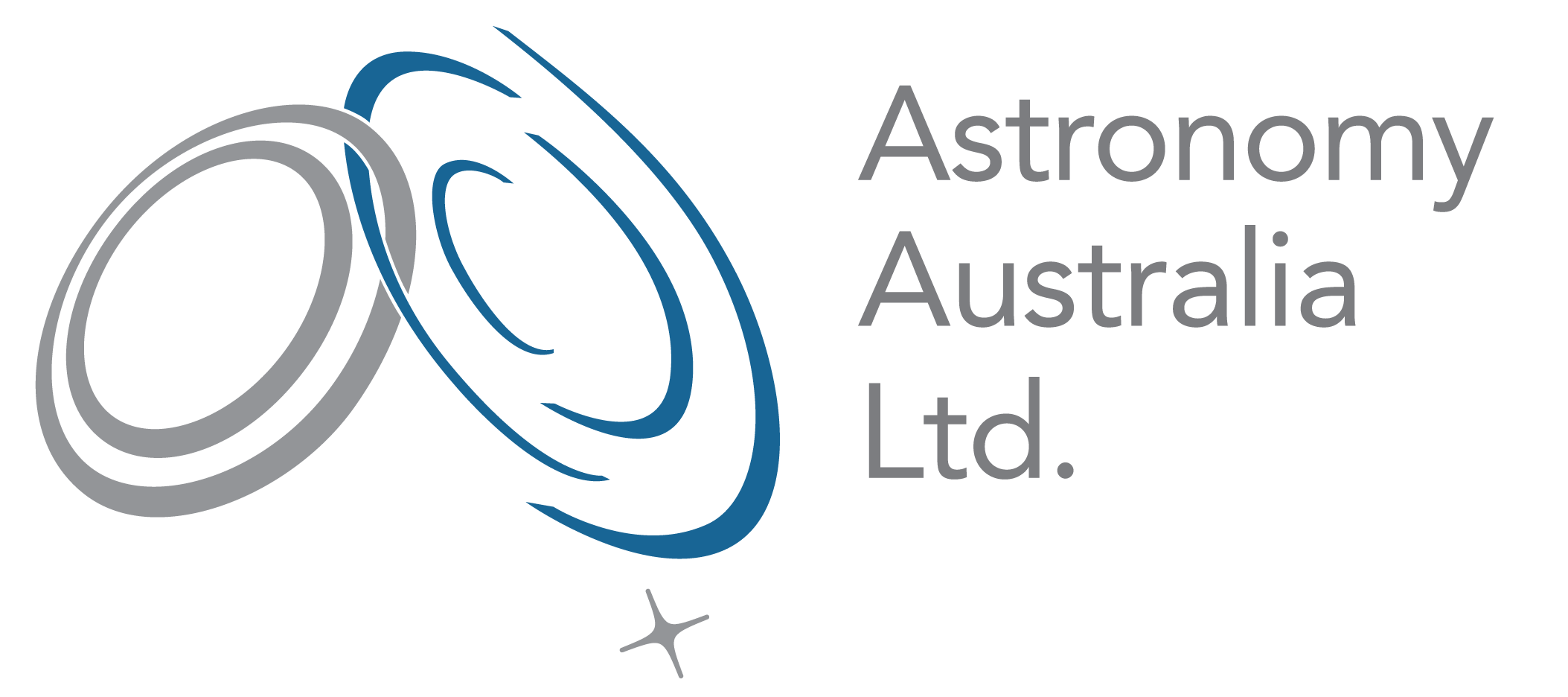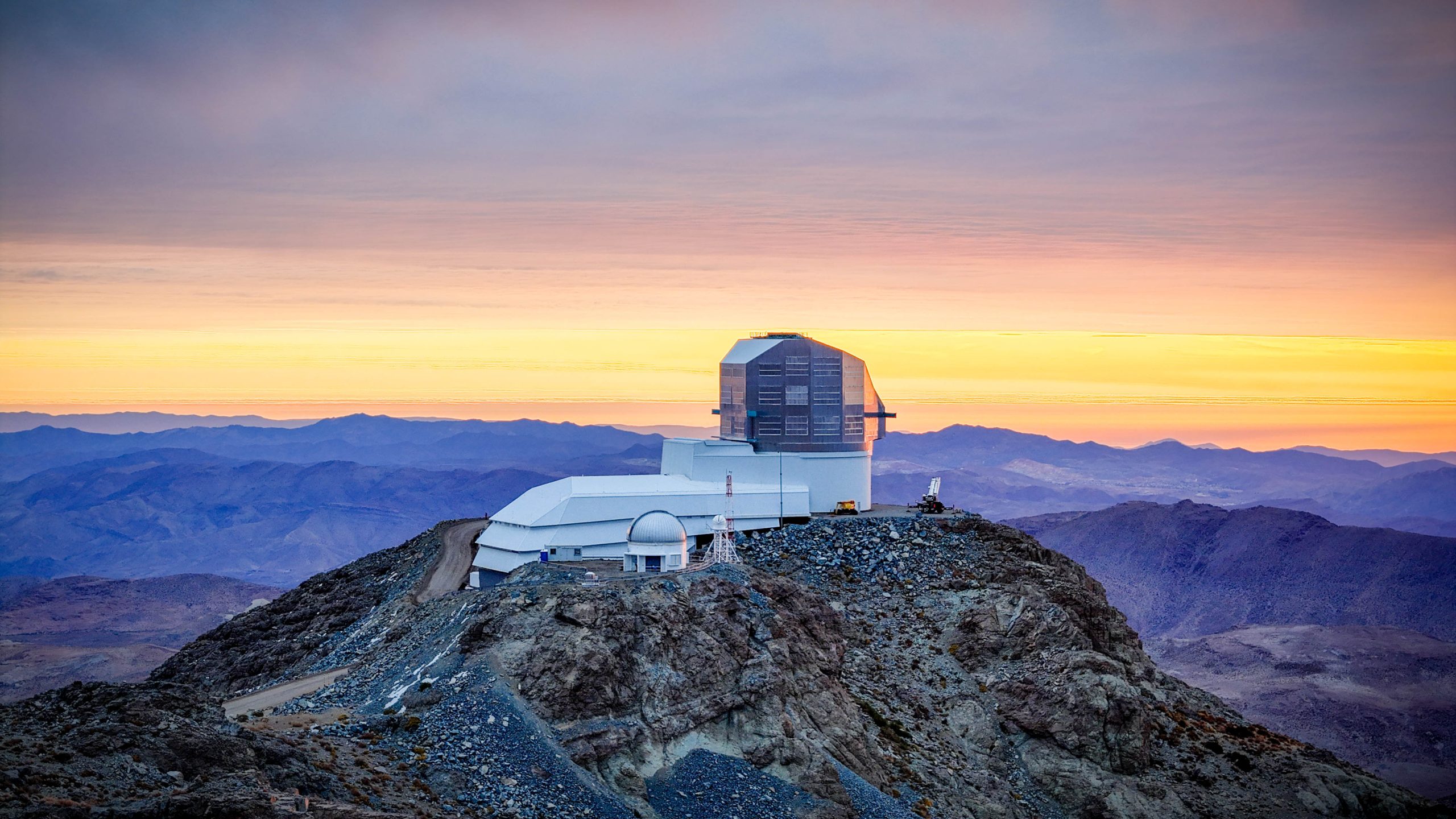AAL is delighted to announce that it recently secured long-term rapid access for Australian astronomers to data from the Vera C. Rubin Observatory’s Legacy Survey of Space and Time (LSST).
Set to commence in 2025, the LSST is a planned deep survey that will run for ten years, capturing images of the southern hemisphere sky every night with a powerful 3,200 megapixel camera. It will reveal billions of stars and galaxies that have never been imaged before – a veritable ‘treasure trove’ of new discoveries – with Australian astronomers at the forefront via early access to the annual LSST data releases.
Along with the formalisation of this data rights agreement, a team of expert software engineers based at Macquarie University in Sydney and Swinburne University of Technology in Melbourne will provide vital software for Rubin Observatory, together with storage and processing power for an Australian-based LSST Independent Data Access Centre (IDAC). The software will be developed by Astronomy Data and Computing Services (ADACS) – an AAL initiative – and the IDAC will be managed and hosted by the Swinburne node of ADACS.
Rubin Observatory was keen to enlist ADACS for the task of enhancing its science platform software, which will help it process an enormous amount of data from its observations. It will also enable the production of data catalogues, which will be made available to astronomers for analysis. It is estimated that the LSST will gather approximately 20 terabytes of raw data every night during its ten-year survey and process it in near real time.
The formalisation of this agreement was made possible after years of hard work by a consortium of 14 AAL member institutions, who originally secured a Linkage Infrastructure, Equipment and Facilities (LIEF) grant from the Australian Research Council back in December 2021 to support the ADACS software team and develop the data centre. The original proposal team, led by Professor Sarah Brough (UNSW), worked with AAL to bring this engagement with Rubin Observatory to fruition with a formalised agreement, while also overseeing the process for appointing 47 Australian-based Principal Investigators and 188 Junior Associates (research students and postdoctoral researchers). These individuals will gain prompt access to LSST data alongside their US and Chilean colleagues and be able to participate in the LSST Science Collaborations. The new AAL LSST Science Lead, Professor Rachel Webster (University of Melbourne), will now manage the ongoing engagement with the Rubin Observatory.
In addition, the AAL Board is looking at membership options for the LSST Discovery Alliance, a consortium of institutions committed to maximising the impact of the ten-year survey of space and time, advancing its science goals and ensuring astronomers can effectively collaborate via funding for workshops and fellowships.
AAL is proud to be a valued partner of the Rubin Observatory. For further information, please visit AAL’s Vera C. Rubin Observatory/LSST page.
Support for AAL’s engagement with Rubin Observatory has been provided by the Australian Research Council, via a Linkage Infrastructure, Equipment and Facilities (LIEF) grant. Additional support has been provided by the Australian Government’s National Collaborative Research Infrastructure Strategy (NCRIS) program.

